
My article for the July 2024 edition of “The Local” is now out, it being 150 years since the opening of the Marquis of Lorne Hotel, now known simply as The Mark Hotel.


My article for the July 2024 edition of “The Local” is now out, it being 150 years since the opening of the Marquis of Lorne Hotel, now known simply as The Mark Hotel.
A reader of this blog recently asked me about the history of the land where Wallarah and Blackley Ovals are located in New Lambton on Turton Rd. This is of relevance because of the current proposal to build a new basketball stadium on the site, resulting in the loss of two sporting fields. While there appears to be overwhelming consensus that a new basketball stadium is needed for Newcastle, there are many who are opposed to the Turton Rd site. (For my own view, read on to the end of this article.)
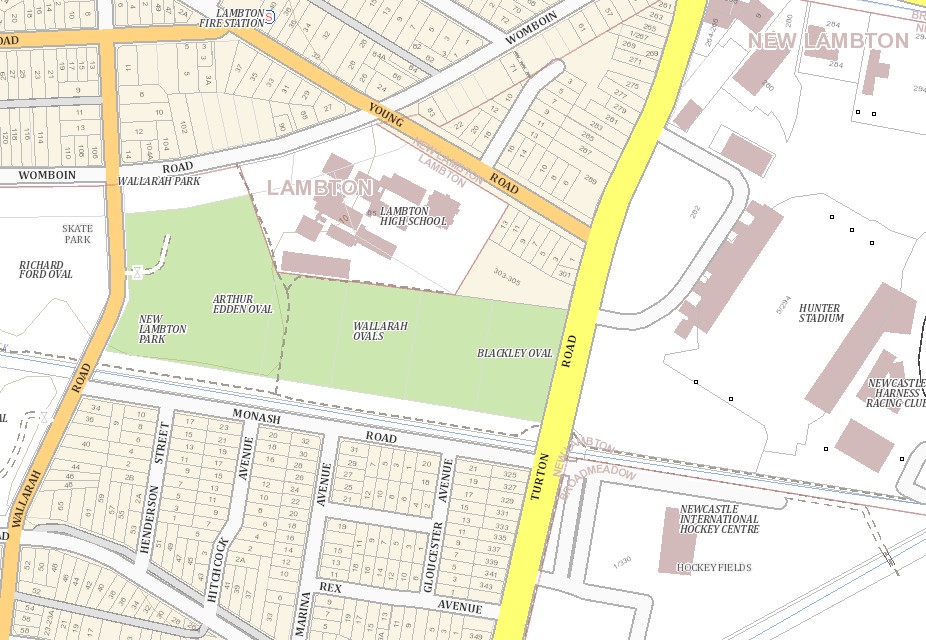
The area where the ovals are located was originally part of the Newcastle Pasturage Reserve, also known as the Commonage. As the name suggests, it was intended for the pasturing of livestock. Although many people illegally built houses on the commonage land, virtually no housing was built on low level ground near waterways, because of flooding. From 1889 the NSW government began to sell off Commonage land.
The government legally dedicated (gazetted) various bits of land for particular purposes at various times. The first reference I can find to the Blackley Oval land was in 1899, when on 26 Apr 1899 Homestead Selection Area 585 was gazetted. This consisted of multiple portions of land within the Newcastle Pasturage Reserve, including portions 2376 to 2380. But curiously just a few months later on 19 Jul 1899, Homestead Selection Area 585 was revoked, and the government retained ownership of the land.
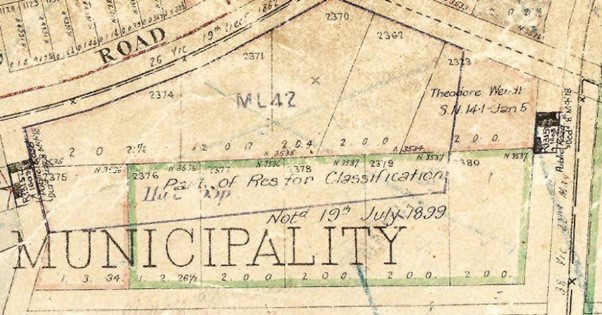
Although sale of Commonage land into private hands had been happening since 1889, a 1910 map shows almost no houses alongside the waterway – but mainly parks and pastures. The area of Blackley/Wallarah ovals is marked with the symbol for “Pasture and Furze”.
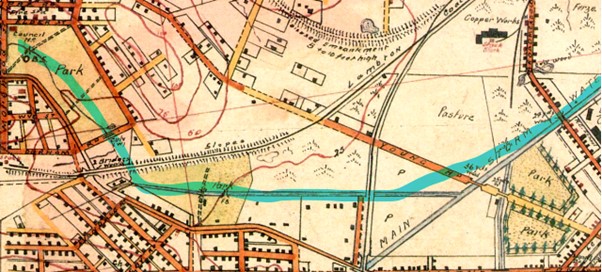
On 28 June 1935 Portions 2379 and 2380 were legally reserved for public recreation.
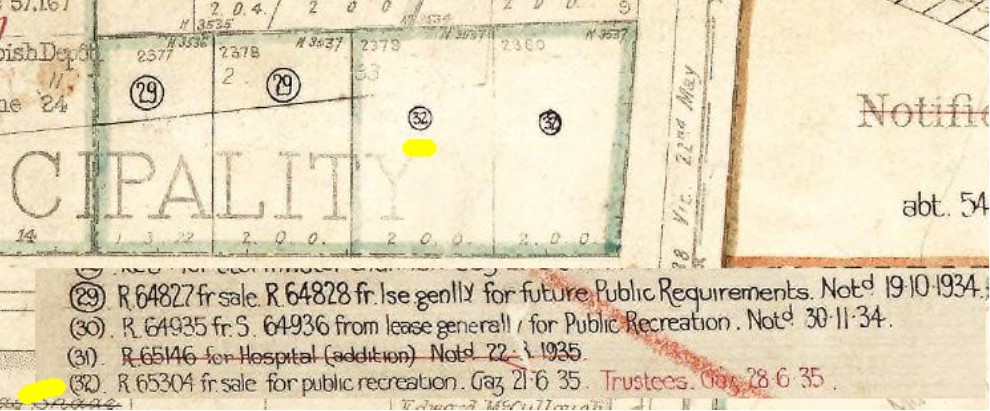
A 1938 aerial photograph shows a sporting field at the location of Blackley Oval.
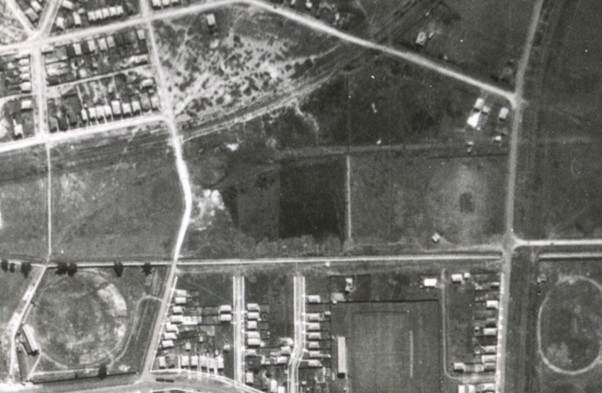
A 1944 aerial photograph shows a sporting oval (Blackley) and WW2 gun emplacements (possibly decoy guns) where Wallarah Oval is today.
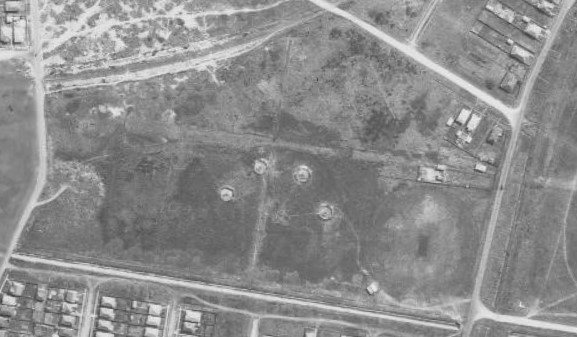
In 1948, Newcastle Council approved the naming of “Blackley Oval” …
An application by Newcastle Police and Citizens’ Boys’ Club to have land at District Park known as Quinlan and Blackley Ovals (previously Nos. 9 and 10 ovals) vested in the club was granted by Greater Newcastle Council last night.
Newcastle Morning Herald and Miners’ Advocate, 17 March 1948.
This snippet indicates that Blackley Oval originally had the unimaginative name of “No. 10 Oval”. Was the No. 9 oval (renamed to Quinlan oval) the field to the west of Blackley Oval? If so when and why was it renamed to Wallarah Oval? I suspect it was not, as a 1954 aerial photograph shows that the only field north of the drain is Blackley Oval.

A 1966 aerial photograph shows new fields at Ford Oval and Arthur Edden Oval, but still no field at the location of Wallarah Oval.
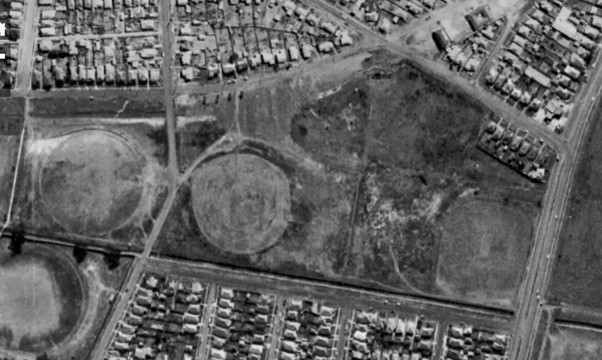
By 1974 there are sports fields at the location of Wallarah Oval, and Lambton High School has been built.
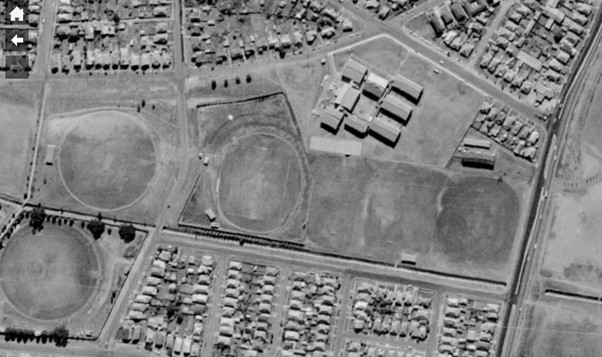
The Geographical Names Board assigned the name “Wallarah Ovals” to the sporting reserve in December 1977.
Like most people, I agree that a new basketball stadium is needed. But I strongly disagree with the currently proposed location on Turton Rd, for three main reasons.
So if not Turton Rd, then where could a new basketball stadium be built? Looking at the map I wonder about the old gasworks site in Hamilton North. It’s close to the sporting/entertainment precinct at Broadmeadow, is close to public transport, does not take away green space, and has oodles of room for parking. There may be good reasons why this location is not practical (cost, availability, engineering limitations), but it would be worth considering.

Today I stumbled across this photo of the Lambton Ker-rai Creek that runs through Lambton Park. The photo is from the naming ceremony that took place back in 2003.
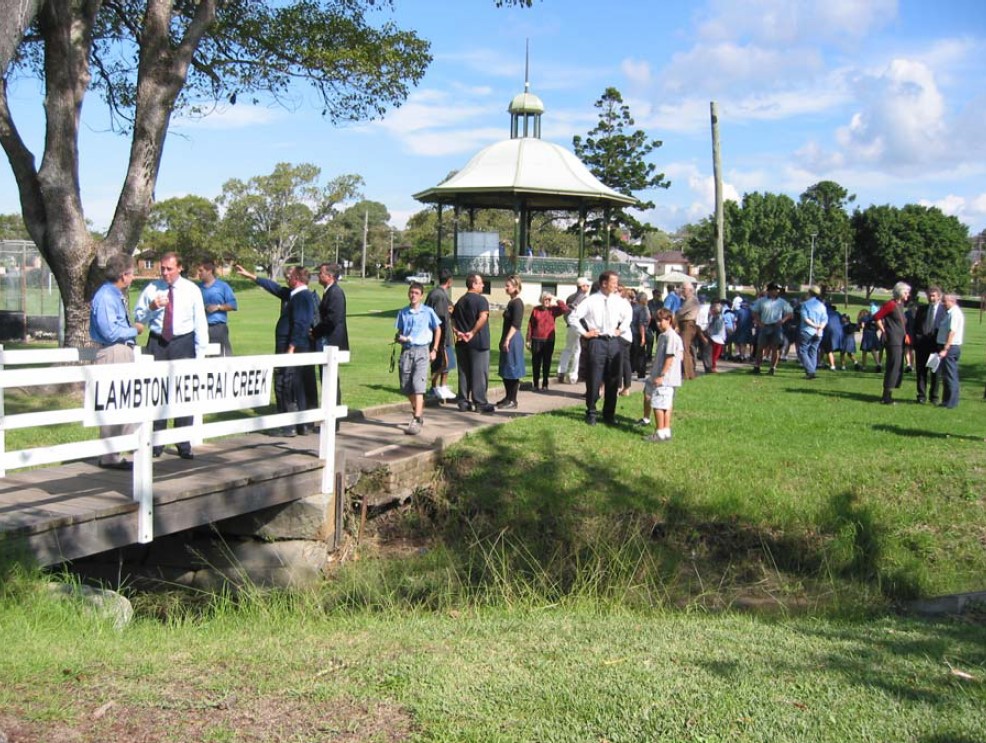
Twenty years on, the growth of trees and vegetation along the creek has made a stark and improved change to the scene.
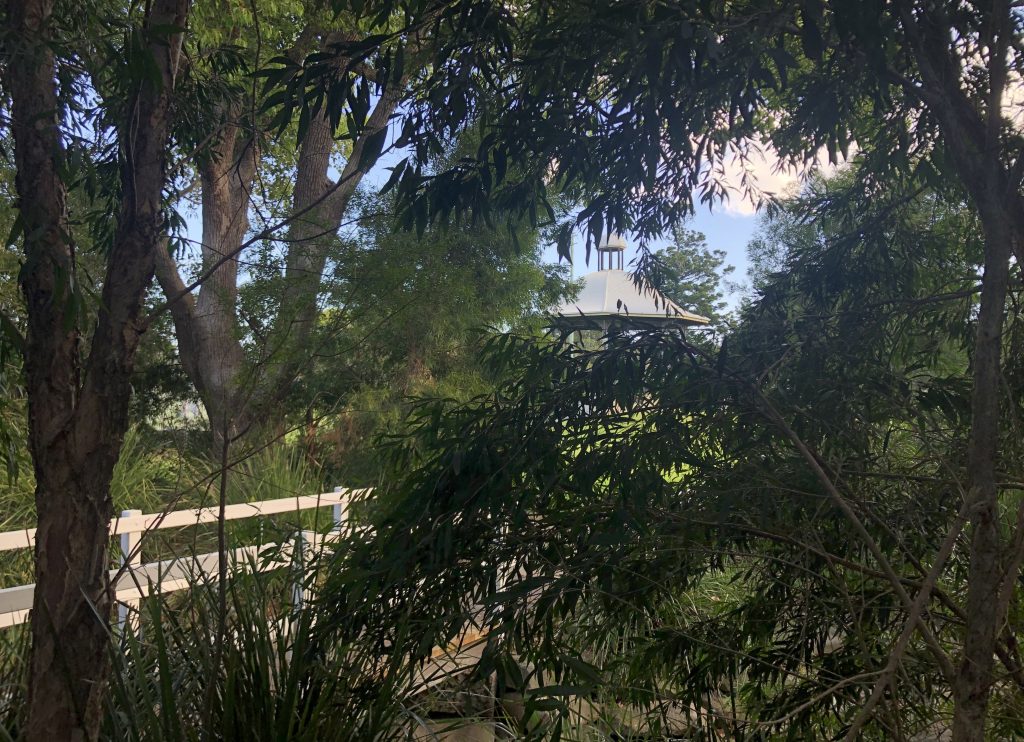
Following my usual custom of noting the start of Spring when the first leaf buds appear on my mulberry tree, this year is unseasonably early. One could almost say unreasonably early, coming 15 days earlier than last year.
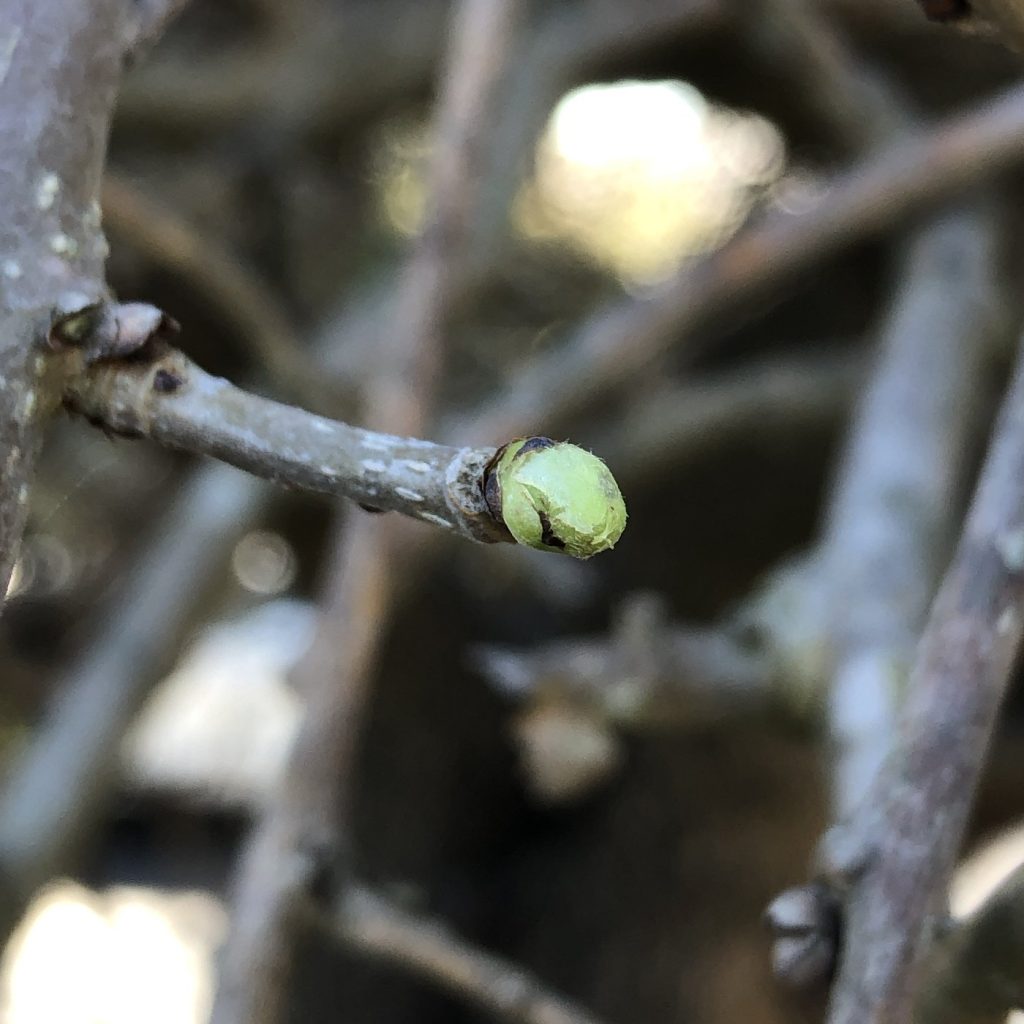
This is now the seventh year I’ve photographed the first buds of spring on this tree. I’ve graphed the results below, and while this is admittedly just one collection point of climatic related data, the trend is clear.

Another photo from the Merv and Janet Copley collection at the Living Histories site that caught my eye was one with the somewhat vague title of “Newcastle old coal track, NSW, 1964.” It took me a while to identify the location of the photo, the key being a search in Trove for “W Brett sails tarpaulins”. This returned an advertisement from 1921 identifying the location of W Brett’s business as being “Bond St, Newcastle (near Customs House).”
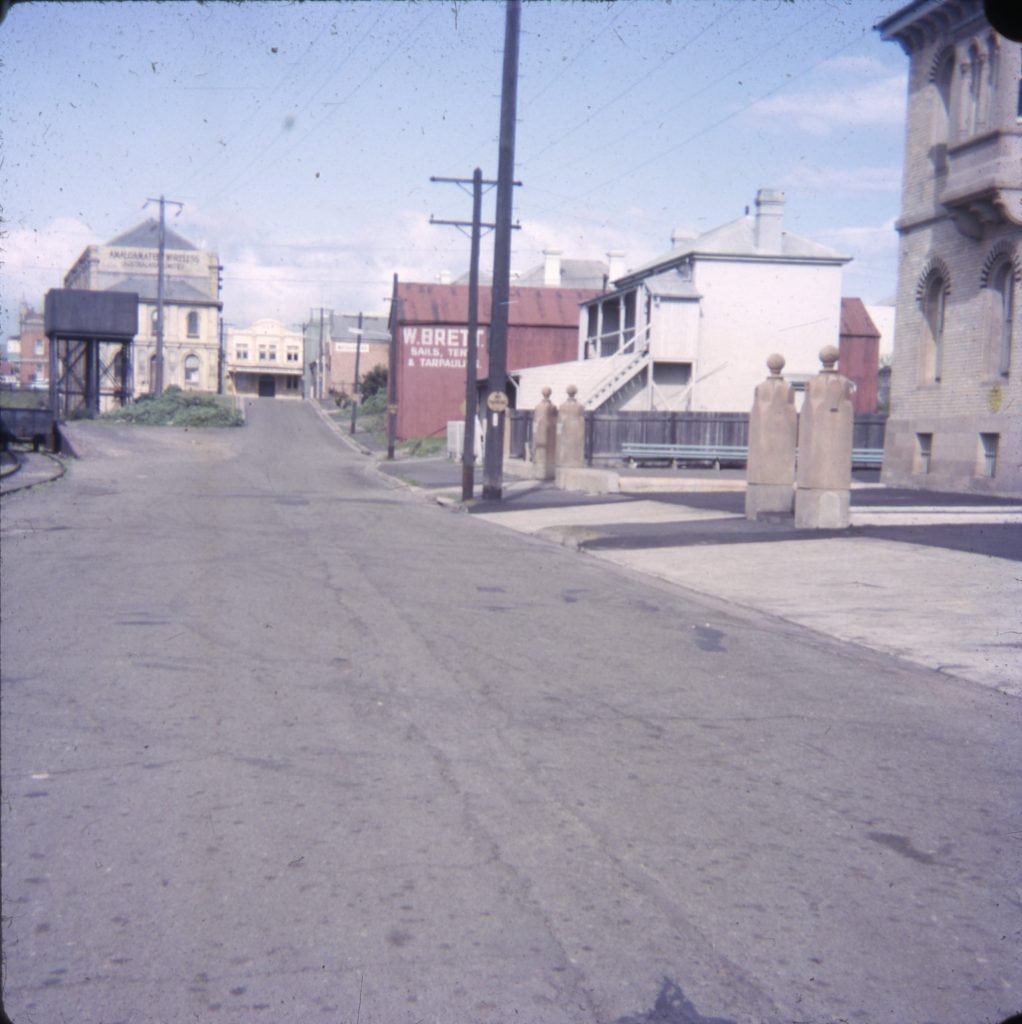


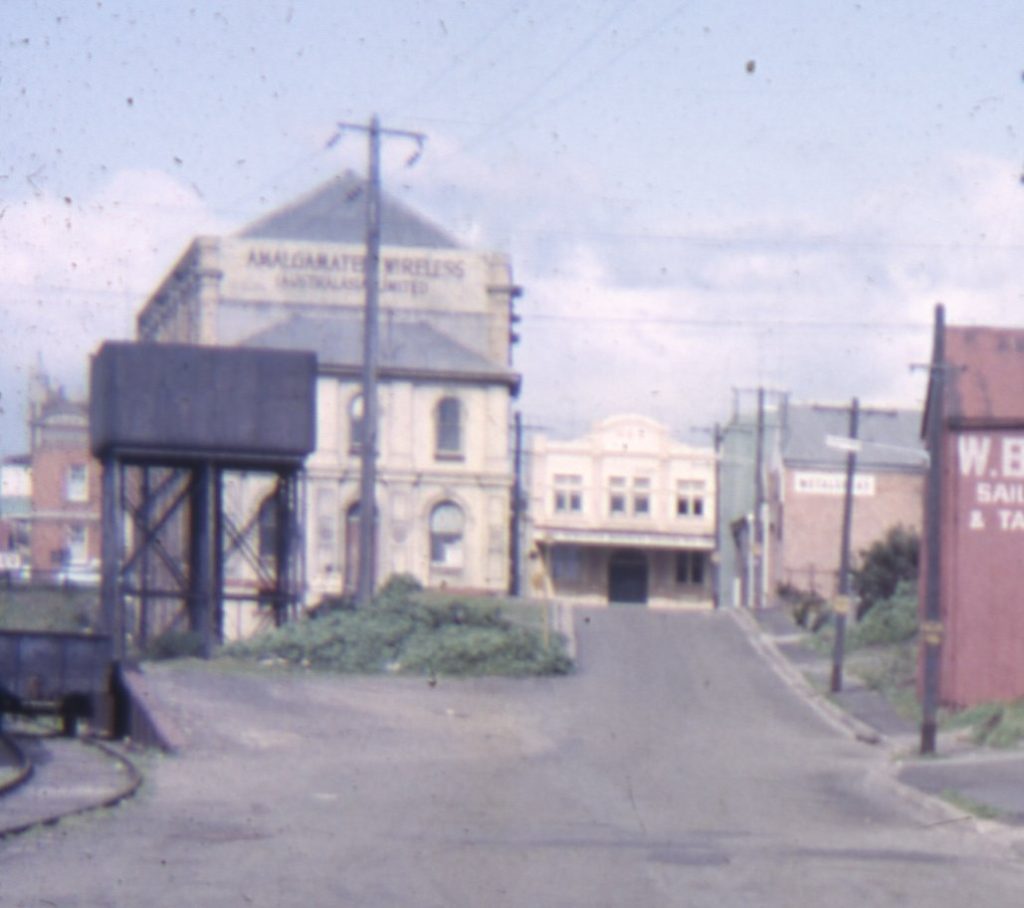
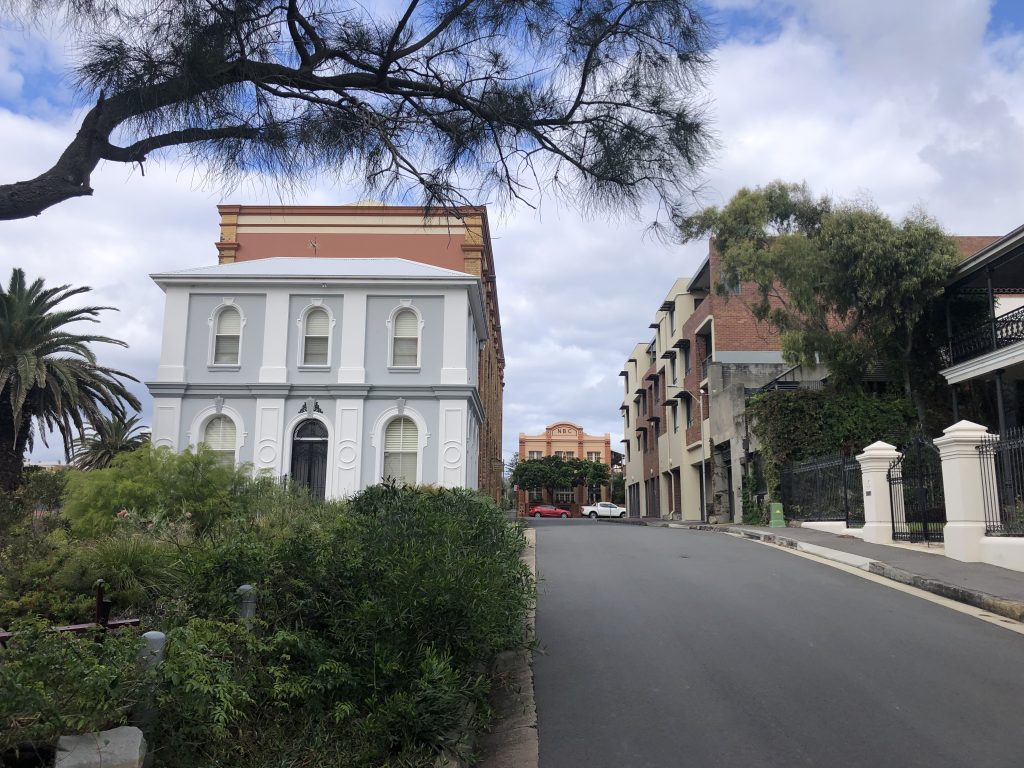
I recently found in the Living Histories site of the University of Newcastle, a photo of the Lambton Park rotunda from 1973. The rotunda was looking so sad and disheveled, and so different from current day appearances that my initial reaction on seeing the photo was that it was mis-labeled and was a rotunda somewhere else.
Constructed in 1890, the rotunda initially had iron palisade railings. By 1925 the rotunda had fallen into a bad condition. Extensive repairs were undertaken, including replacing the iron railings with arched brickwork, and replacing the wooden floor with reinforced concrete.

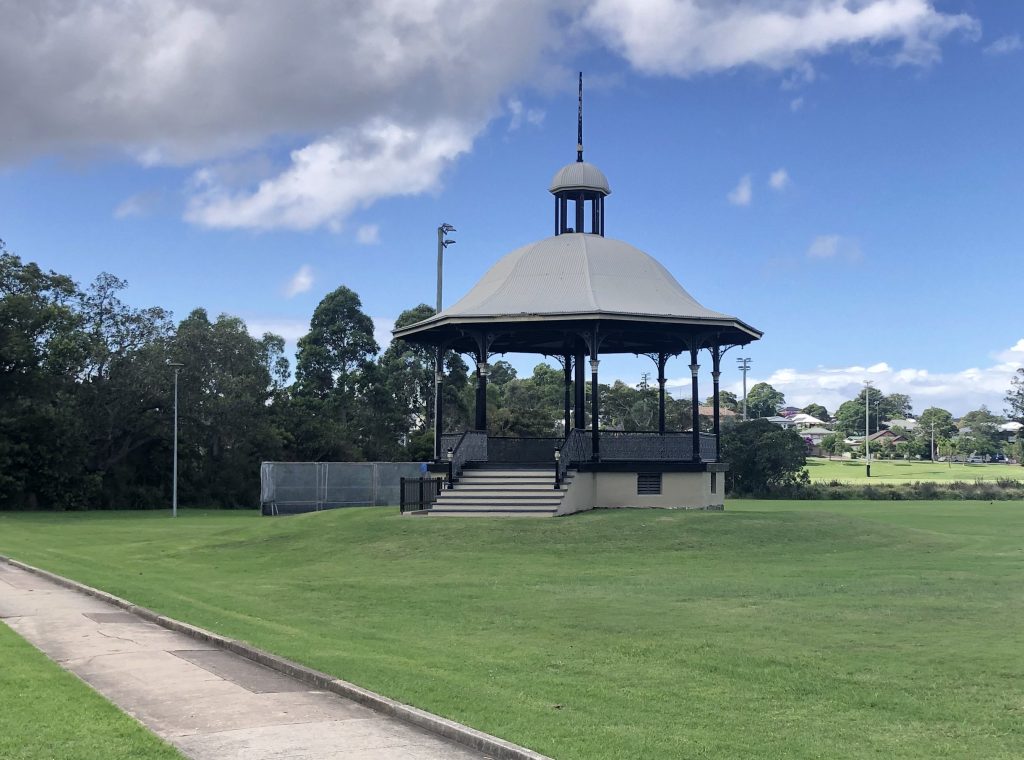
Newcastle Council later renovated the rotunda, reinstating the look of the original, including iron railings, a wooden floor, and the dome and spire above the main roof.
Mike Scanlon had an interesting history article in the Newcastle Herald this weekend (22 October 2022), on the mystery of the forgotten World War 2 runway at Pokolbin. In 1942 the RAAF built an air station at Pokolbin. The north-south runway was located where the current Cessnock airport is now. But there was also second runway located towards the south-west.
In the article Mike mentions that this old east-west runway can still be seen in Google’s satellite views. Using the historical imagery feature in Google Earth Pro and winding back to 2007, indeed shows a faint yet quite distinct outline of the old runway lying beneath fields and vineyards.

In researching the Leonora Glassworks for my October 2022 article for The Local, I came across this photograph from the Newcastle Morning Herald and Miners’ Advocate on 11 Dec 1948, of Joseph and Milon Vecera posing on the entrance steps of a building that had been demolished.

The newspaper incorrectly identifies the site as “Lambton Lodge”, the home of Thomas Croudace. The location is actually the small building at the left in the photo below, where the steps can be seen at the front. Brian Robert Andrews, on page 230 of his book “Coal, Railways and Mines, Volume 1”, has a diagram of the Lambton Colliery surface infrastructure that identifies this building as the colliery office.
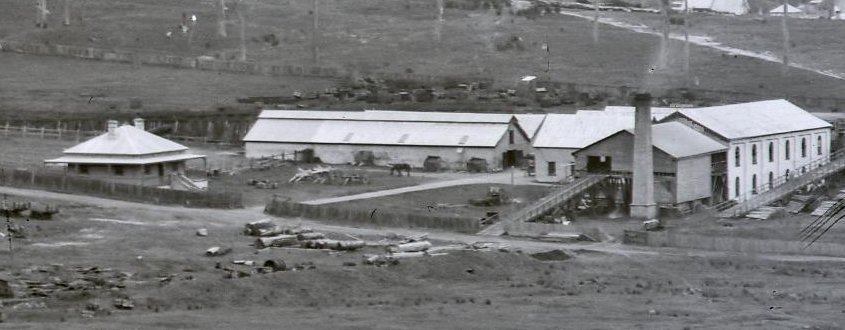
Lambton Colliery, 15 August 1900. Photo by Ralph Snowball. Living Histories, University of Newcastle.
The double story building at the right of the photo is the colliery workshops, where Leonora Glass set up in 1947, where the Vecera twins were working in 1948 when they were photographed on the old colliery office steps.